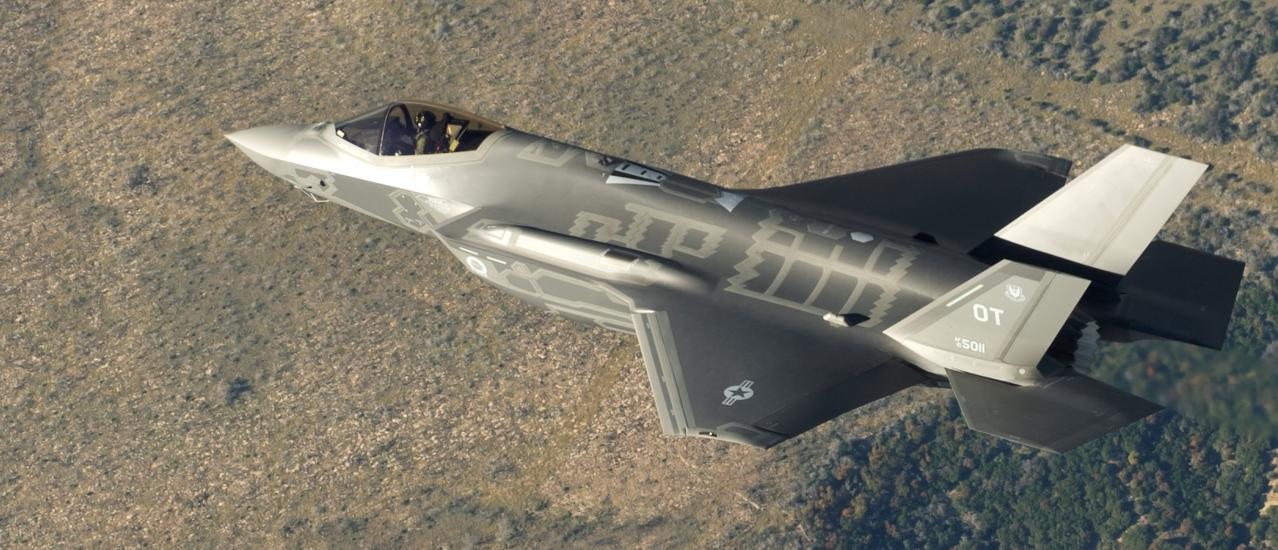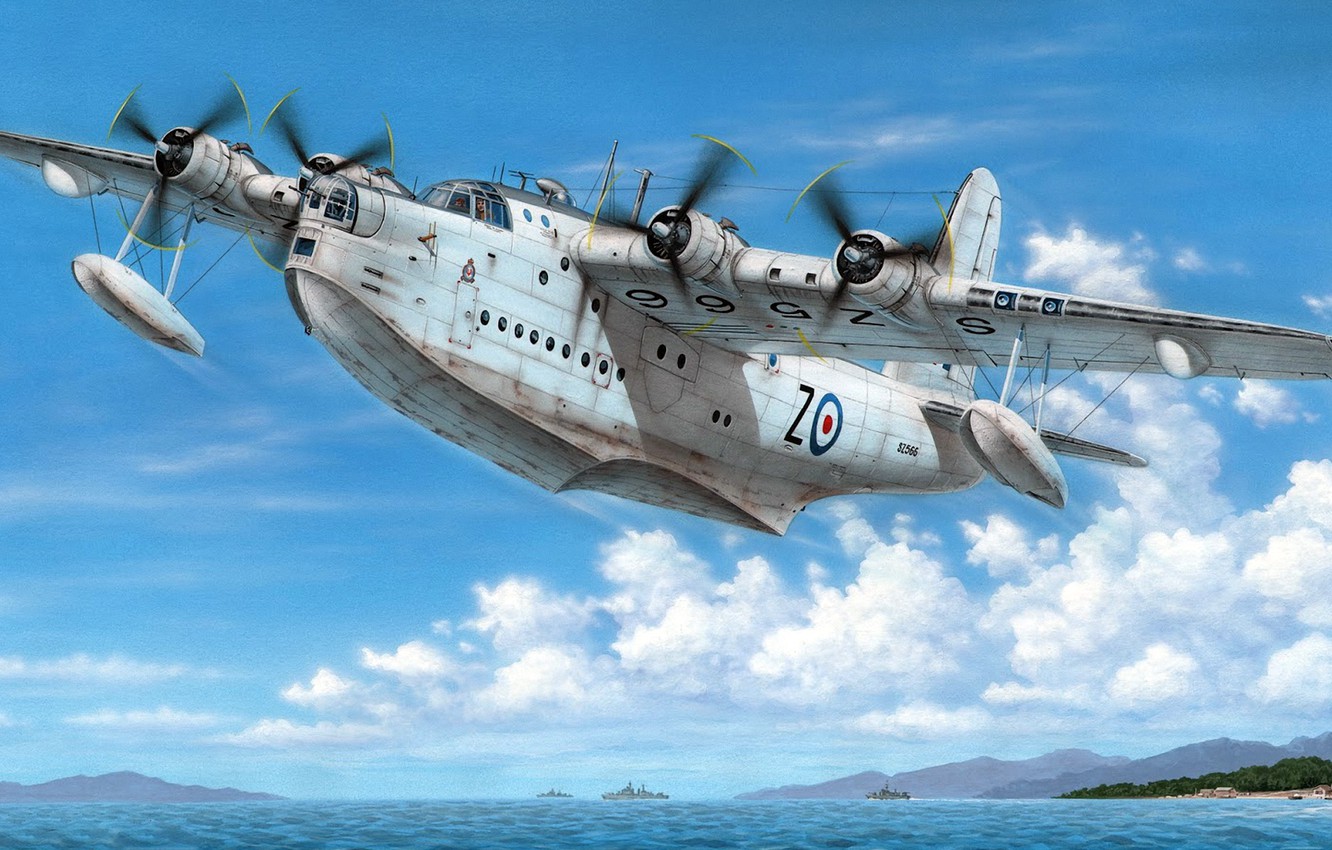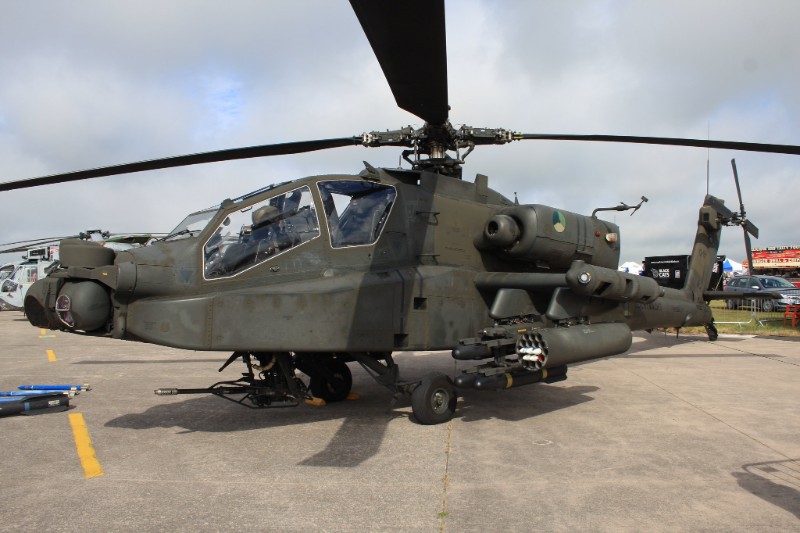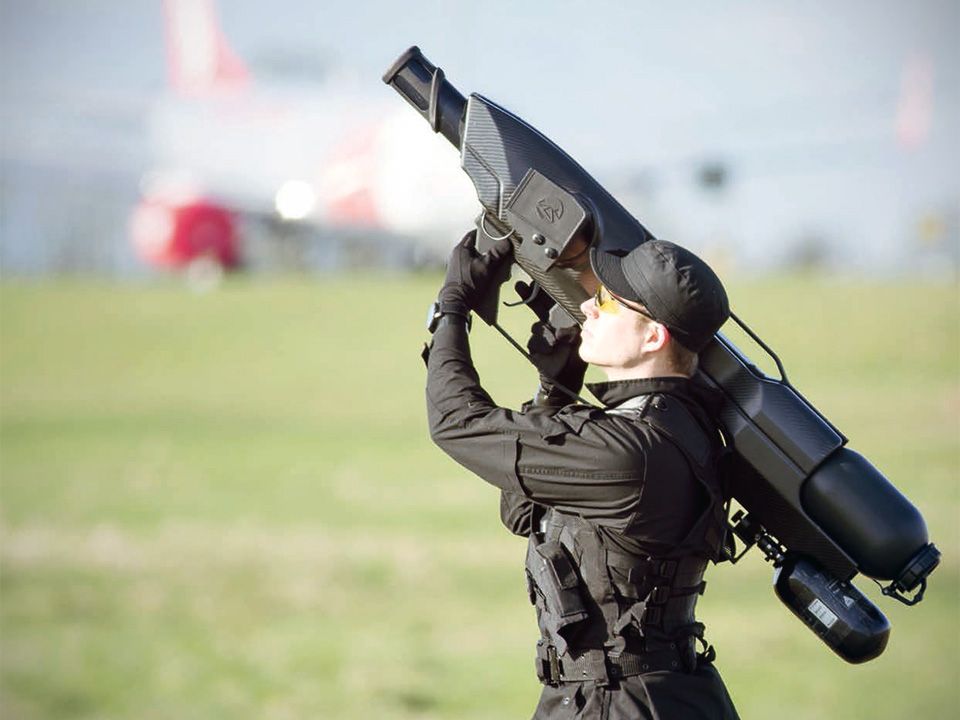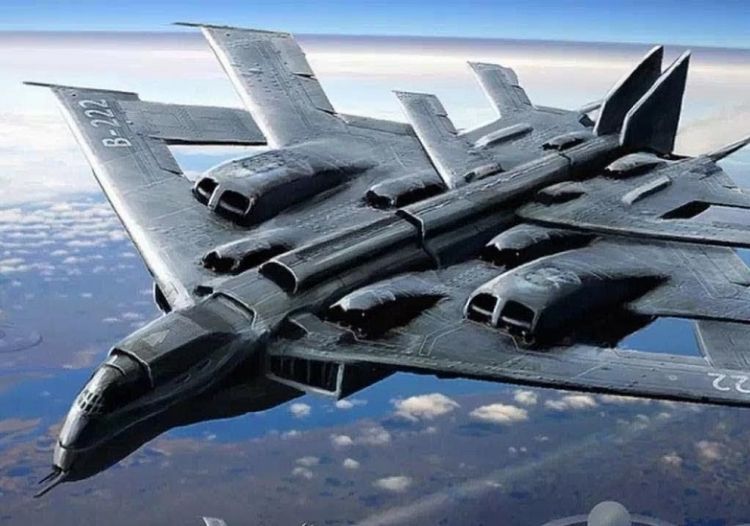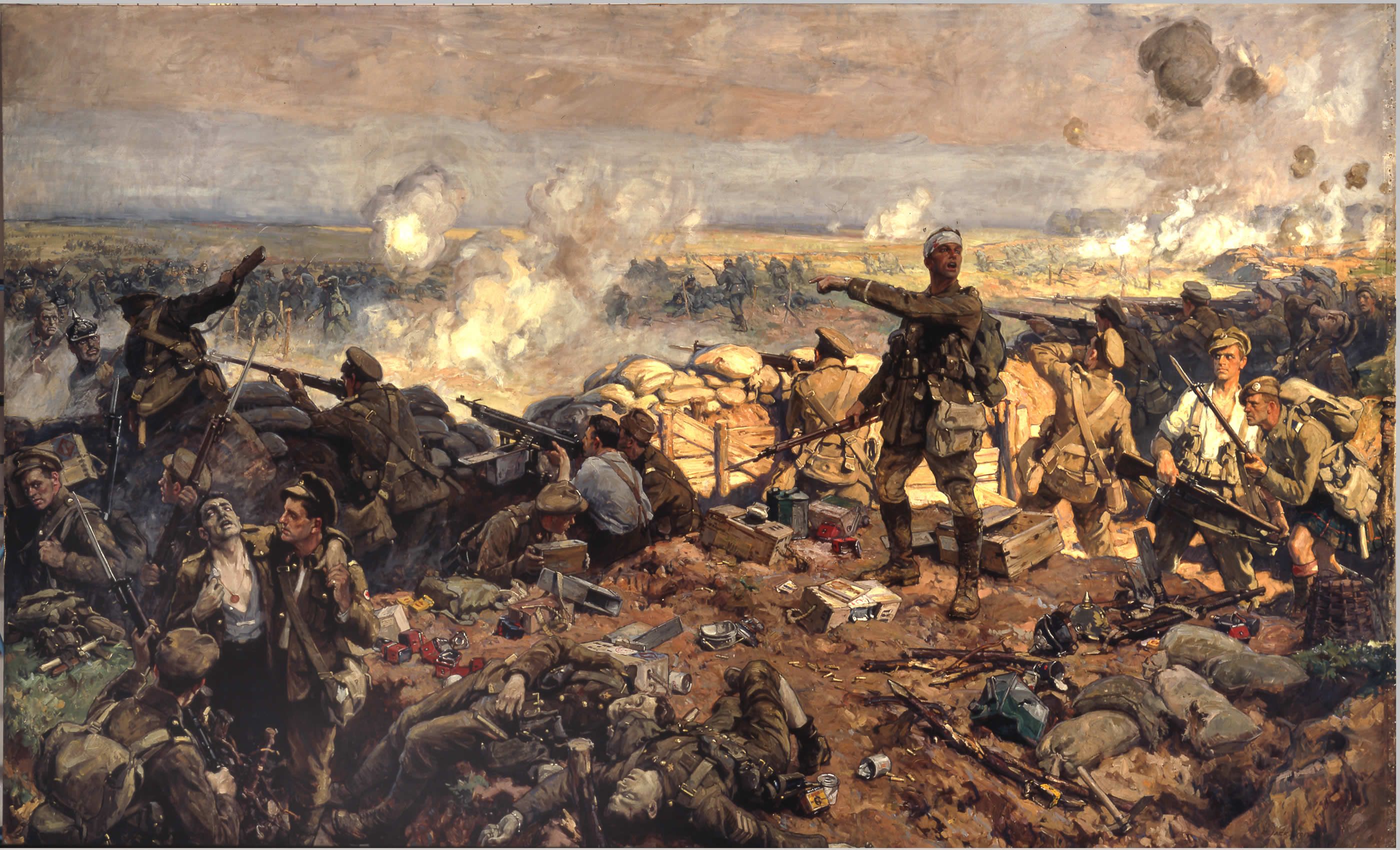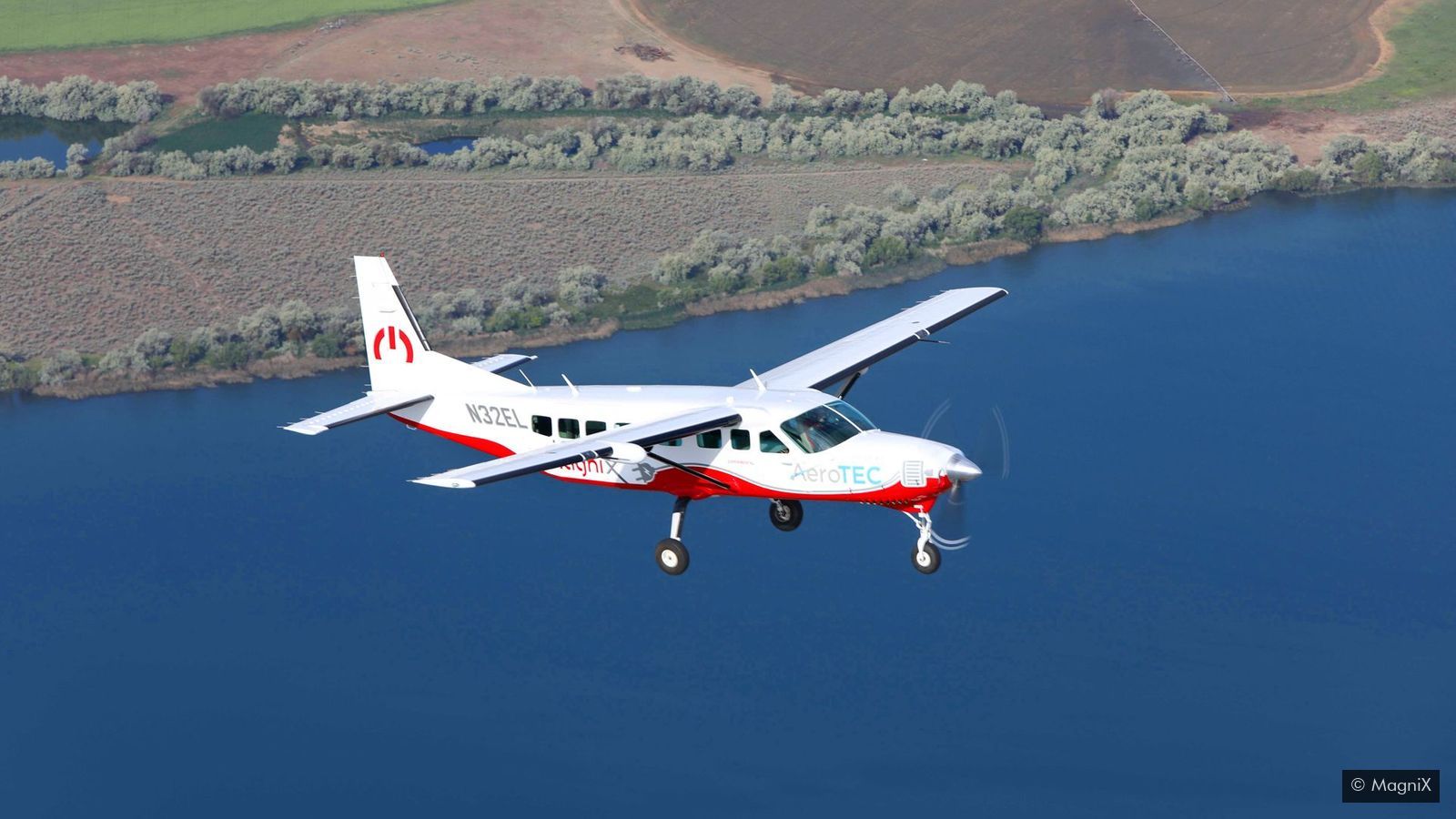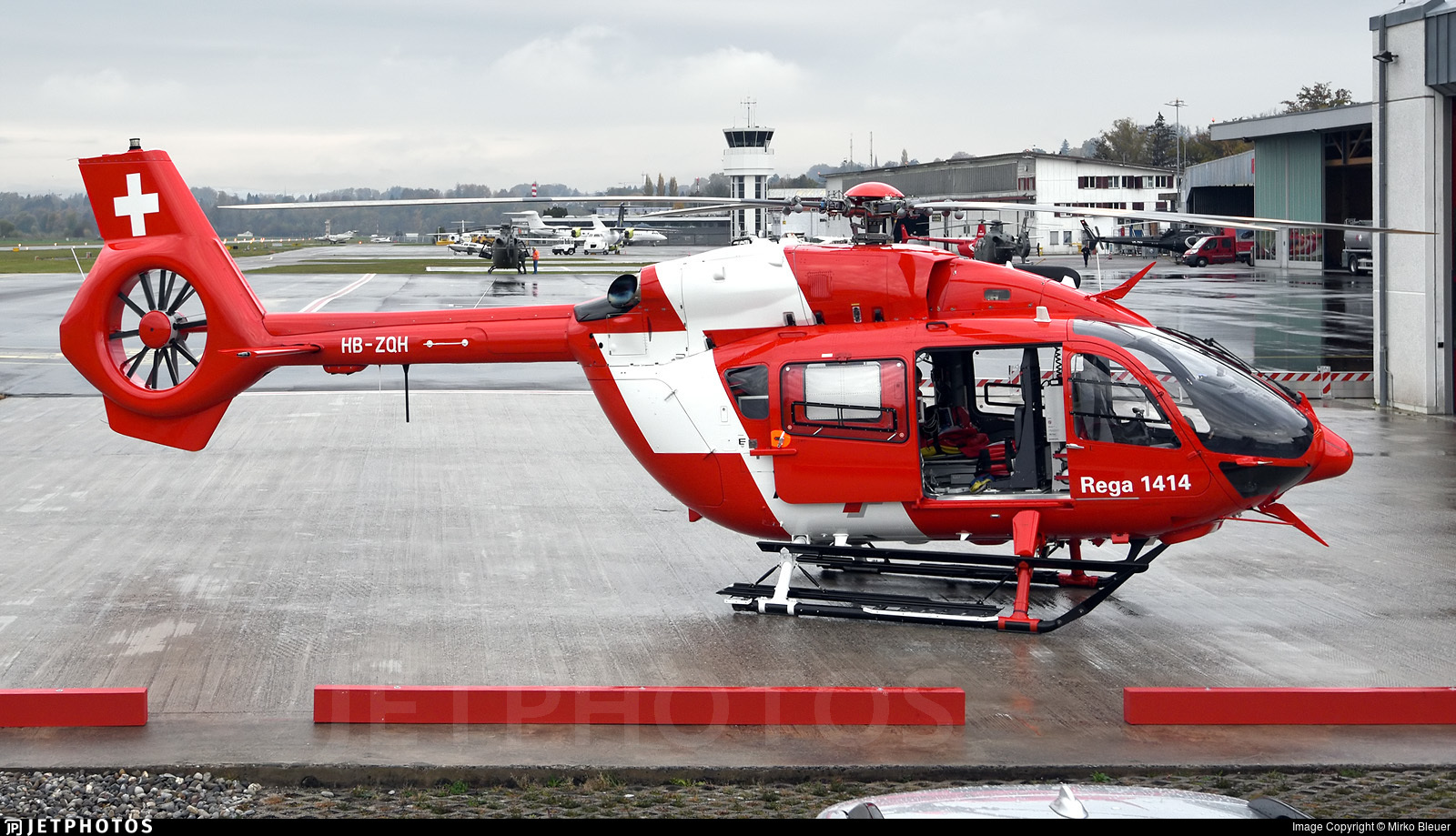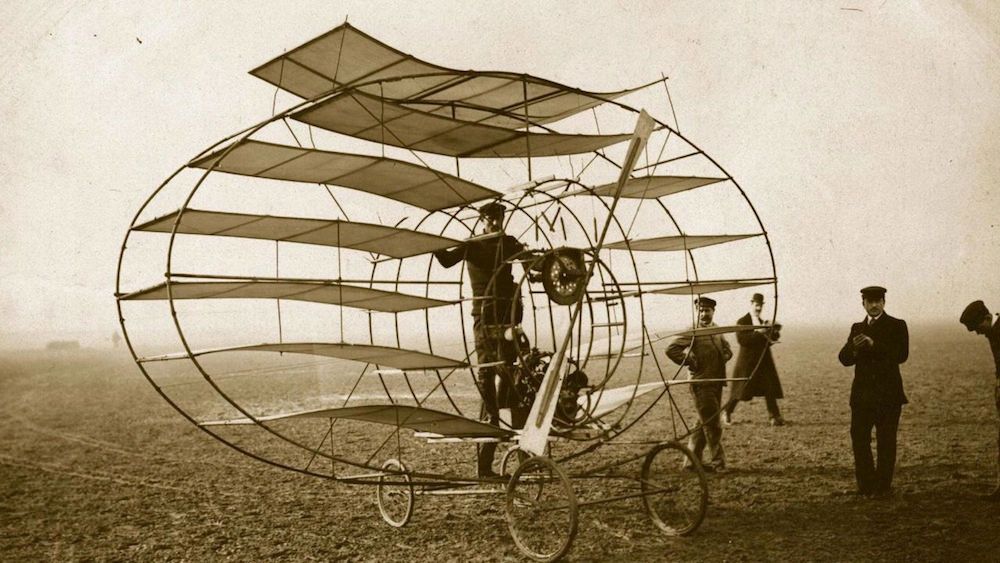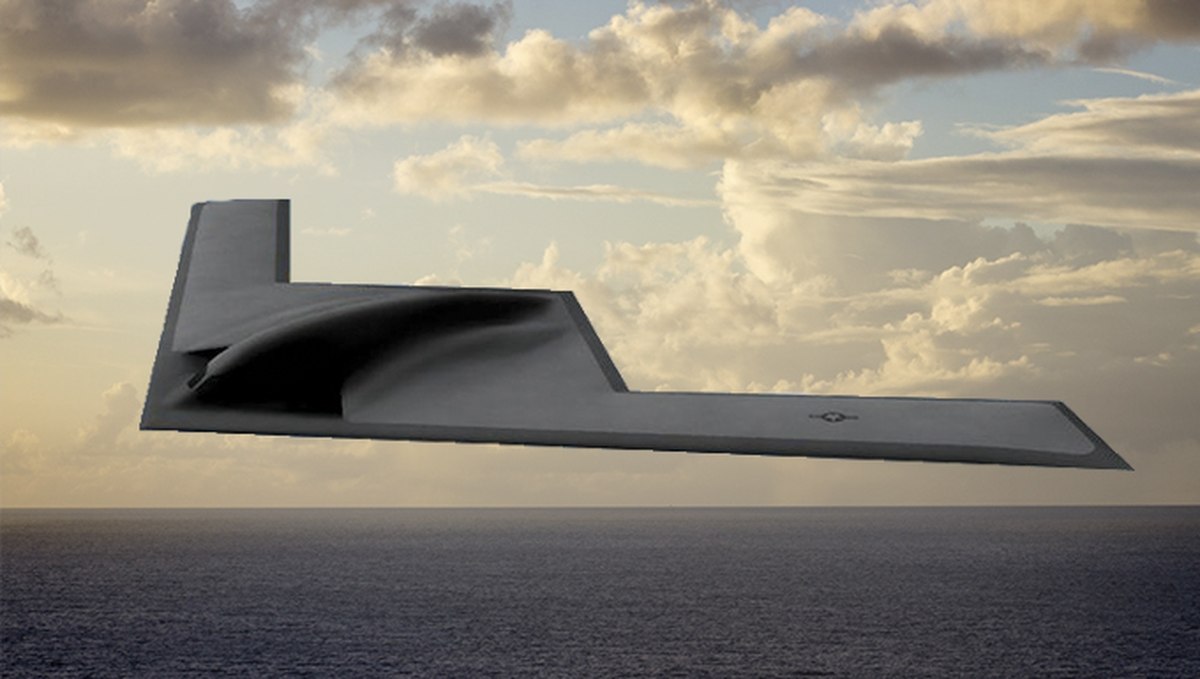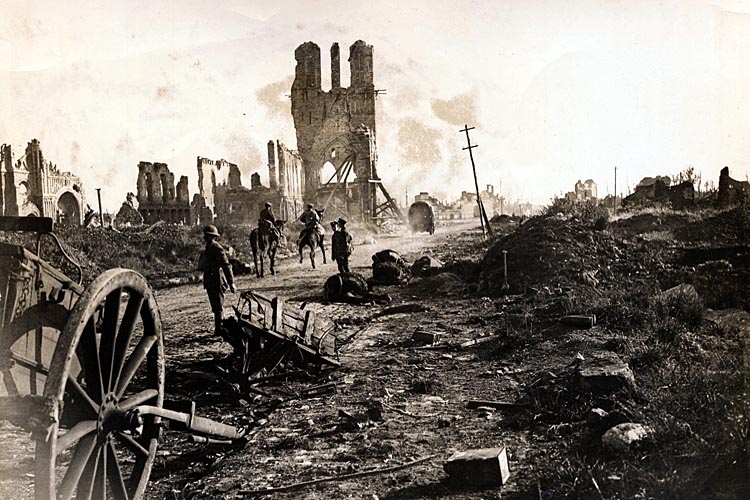The rapid development of aircraft in the 1920’s and 1930’s far outpaced the development of aviation infrastructure to support them. Runways, even by the late 1930’s, were rare and often little more than an open grass field, useful only for the smallest and lightest of airplanes. It would be at least another decade until many cities developed suitable airports. But commercial aviation wasn’t going to wait around.
By the 1930’s large, luxurious flying boats were already carrying passengers to far-flung exotic destinations. Requiring only a reasonably calm stretch of water and minimal infrastructure, flying boats kick started an early era of air travel. Destinations that once took weeks to reach by boat could now be reached in just a matter of days. For the lucky few who could afford it, flying boats were simply the most luxurious way to travel. As they were generally larger and more capable than land-based aircraft, many were convinced that the future of long-range air travel belonged to large flying boats.
In 1943, Saunders-Roe, an iconic British aircraft builder, began planning for the future by drafting a design for a truly next-generation flying boat. Larger, heavier, and faster than any flying boat airliner in history. Although 1943 was the middle of the Second World War, Saunders-Roe planned to emerge at the forefront of post-war commercial aviation. But by the time the Princess took its first flight, the world had been completely transformed by the rapid development of runways and advances in land-based aircraft. It would soon become apparent that Saunders-Roe’s flying boat airliner had been designed for a future that never existed.


